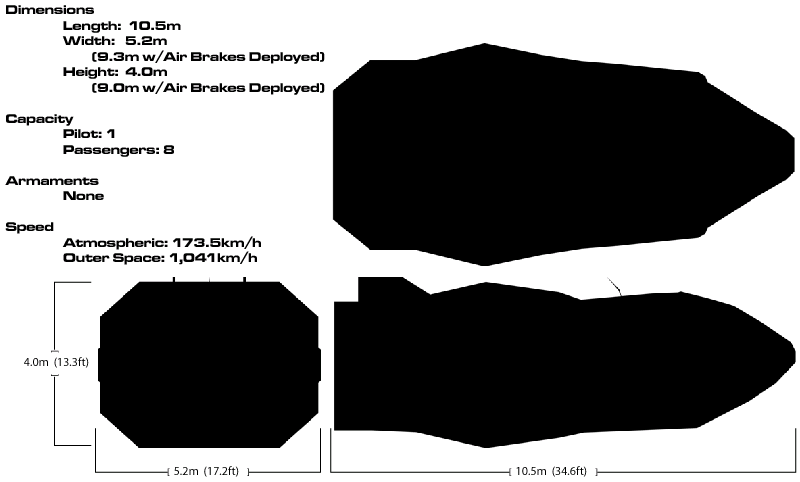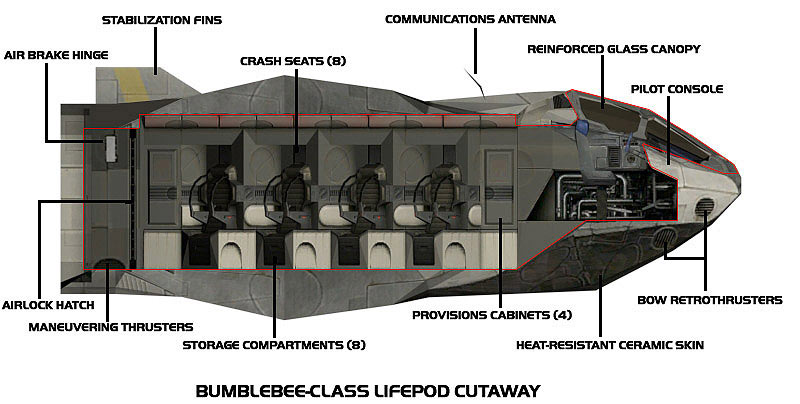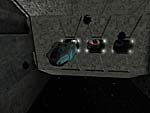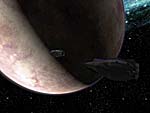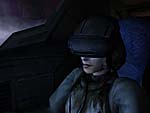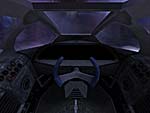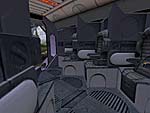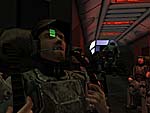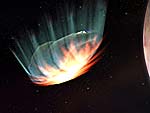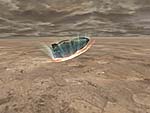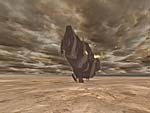Exterior Characteristics
The Lifepod is characterized as a teardrop-shaped fuselage, with stabilizer fins used to maintain orientation within an atmosphere. Four hydraulic hinge air brakes are contoured into the aft quarters of the craft to assist in braking maneuvers during planetfall. Crew ingress/egress is facilitated by a round hatch airlock at the back of the craft. Several thrusters, miniaturized versions similar to those aboard capital ships, utilize chemical propellants to maneuver the pod during spaceflight and atmospheric operations.
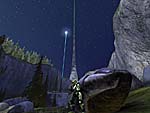 |
 |
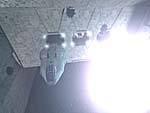 |
| Master Chief, Lifepod Survivor |
Lifepod With Air Brakes |
Not All Escaped The Covenant |
Interior Characteristics
There are three areas within the lifeboat: the cockpit, the troop area, and the airlock. A narrow corridor connects them. The floor plates are removable to facilitate repairs and access to engineering and propulsion systems. The cockpit has a single throttle and control assembly. A screen in the front provides flight information to the pilot, either directly on screen or through a special HUD on the pilot's helmet. Overhead compartments along the tops of the seats store rations and other emergency consumables.
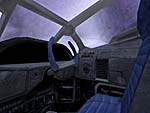 |
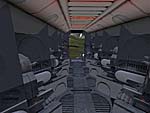 |
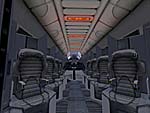 |
| Lifepod Cockpit |
Lifepod Interior (Aft) |
Lifepod Interior (Fore) |
Operations
The Lifepod, when docked at a ship's or station's airlock, is protected in its launch tube by blast doors. These doors typically retract when a Combat Alert has reached the point that the order to abandon ship has been issued.
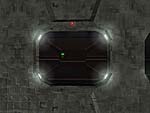 |
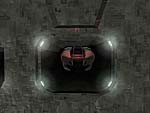 |
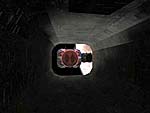 |
| Closed Outer Airlock Hatch |
Open Outer Airlock Hatch |
Lifepod Launch Tube |
On many UNSC ships, there is a dedicated bridge station, manned during emergencies only, that coordinates evacuation efforts and sees to the operational readiness of escape craft, plotting safe outbound trajectories, etc. The Lifepod airlocks are very visible on board ships and stations. Corridors marked in red stripes and floor locators all aid emergency ops even during emergency lighting conditions. The Lifepod is launched with its systems on, but is not under its own power at launch. The spacecraft's launch tube ejects the lifeboat at a rapid velocity, after which, the pod's onboard computer takes over flight under the pilot's direction.
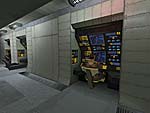 |
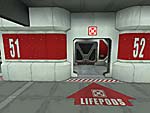 |
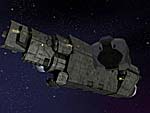 |
| Lifepod Bridge Station |
Lifepod Airlock on Ship |
Lifepod Escapes the Autumn |
Emergency Ops
Lifepods are able to withstand extreme temperatures, such as those encountered when plunging through the atmosphere of a planetary body. The ceramic composite skin is thickened on the ventral prow of the ship, as the optimum angle of descent has this portion of the vehicle endure the most atmospheric drag and thermal variance.
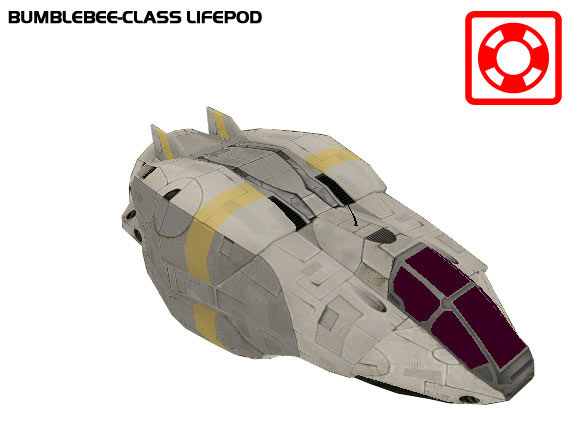
Mouse Over Image For Air Brake Deployment (requires Javascript)
Once the Lifepod has passed through the outer layers of the atmosphere, the pilot attempts to slow the craft down with maneuvers designed to maximize the craft's 'hang time' in the air. Once the vehicle's velocity has sufficiently slowed, four hydraulically-deployed air brakes open up to further increase the pod's drag on the air to diminish its re-entry speed. As durable as the air brake hinges are designed, it is common for one or more stress failures to tear the air brakes off the ship. In conjunction with the air brakes, powerful retrothrusters at the bow of the pod ignite and rapidly slow the craft's descent. The Lifepod is only intended for a one-time emergency use, so although it can not independently make a trans-atmospheric flight again, the damage sustained on impact is justified if it results in crew survival. After making a landing, the pod's usefulness is not at an end. It further serves to provide weeks worth of supplies, shelter, and limited armaments all to aid crew survival once on the surface.
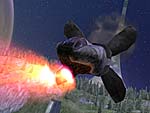 |
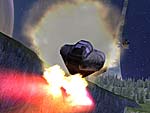 |
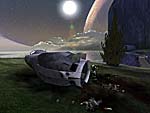 |
| Retrothrusters and Air Brakes |
Air Brakes Break Away |
Master Chief on Halo's Surface |
Known Lifepods
- Lima Foxtrot Alpha 43 (LFA-43) - (Master Chief's pod to Halo)
- Crew: (Sept. 19, 2552)
- (Female Marine Pilot) DOA
- Spartan-117/Cortana
- (Armored Marine) DOA
- (Armored Marine) DOA
- (Armored Marine) DOA
- (Armored Marine) DOA
- (Armored Marine) DOA
- (Armored Marine) DOA
- (Empty)
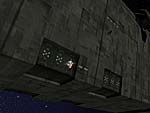 |
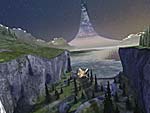 |
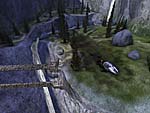 |
| Autumn Launches Pod LFA-43 |
LFA-43 Crashes on Halo |
Master Chief's Crash Site |
- Kilo Tango Victor 17 (KTV-17) - (Captain Keyes' pod to Halo)
- Crew: (Sept. 19, 2552)
- Ensign William Lovell (Pilot)
- Captain Jacob Keyes
- (Marine Corporal)
- Lieutenant Aki Hikowa
- Wang
- Ensign Ellen Dowski
- Abiad
- Corporal Wilkins
- Singh
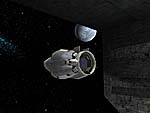 |
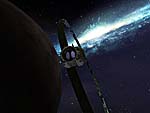 |
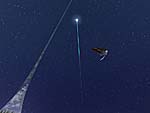 |
| Captain Keyes' Lifepod Launch |
Keyes' Pod Approaches Halo |
Ens. Lovell Takes KTV-17 Down |
- (Lifepod Crash Near Beam Tower #1) - (Sgt. Johnson's pod to Halo)
- Crew: (Sept. 19, 2552)
- Sergeant Avery Johnson
- Private Bisenti
- (Marine)
- (Marine)
- (Autumn Crewman)
- (Autumn Crewman)
- (Armored Marine) DOA
- (Armored Marine) DOA
- (Empty Seat)
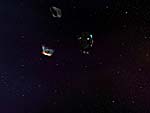 |
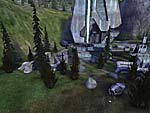 |
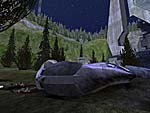 |
| Johnson's Pod Clears The Autumn |
Pod Crash Near Beam Tower |
Johnson's Pod on Halo |
- (Lifepod Crash Near Beam Tower #2)
- Crew: (Sept. 19, 2552)
- (Autumn Crewman)
- (Autumn Crewman)
- (Marine)
- (Marine)
- (Armored Marine)
- (Armored Marine) DOA
- (Armored Marine) DOA
- (Armored Marine) DOA
- (Armored Marine) DOA
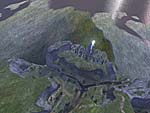 |
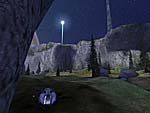 |
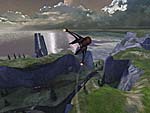 |
| Lifepod Near Beam Tower #2 |
No Survivors Found At Site |
Banshees Circle For Survivors |
- (Lifepod Crash Near Beam Tower #3)
- Crew: (Sept. 19, 2552)
- (Marine Sergeant)
- (Marine Sniper)
- (Marine)
- (Armored Marine)
- (Armored Marine Sniper) DOA
- (Armored Marine) DOA
- (Armored Marine) DOA
- (Empty)
- (Empty)
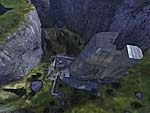 |
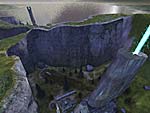 |
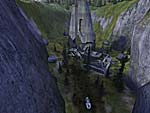 |
| Lifepod Near Beam Tower #3 |
Two Beam Towers In Valleys |
Pelican Picks Up Survivors |
- (Lifepod Crash Near Rockslide)
- Crew: (Sept. 19, 2552)
- (Marine Sergeant)
- (Marine)
- (Marine)
- (Marine)
- (Armored Marine)
- (Armored Marine)
- (Armored Marine Sniper)
- (Armored Marine) DOA
- (Armored Marine) DOA
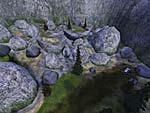 |
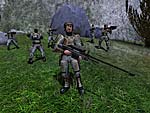 |
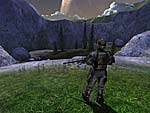 |
| Lifepod Crash Near Rockslide |
Marine Survivors |
Lookout For Covenant |
|

